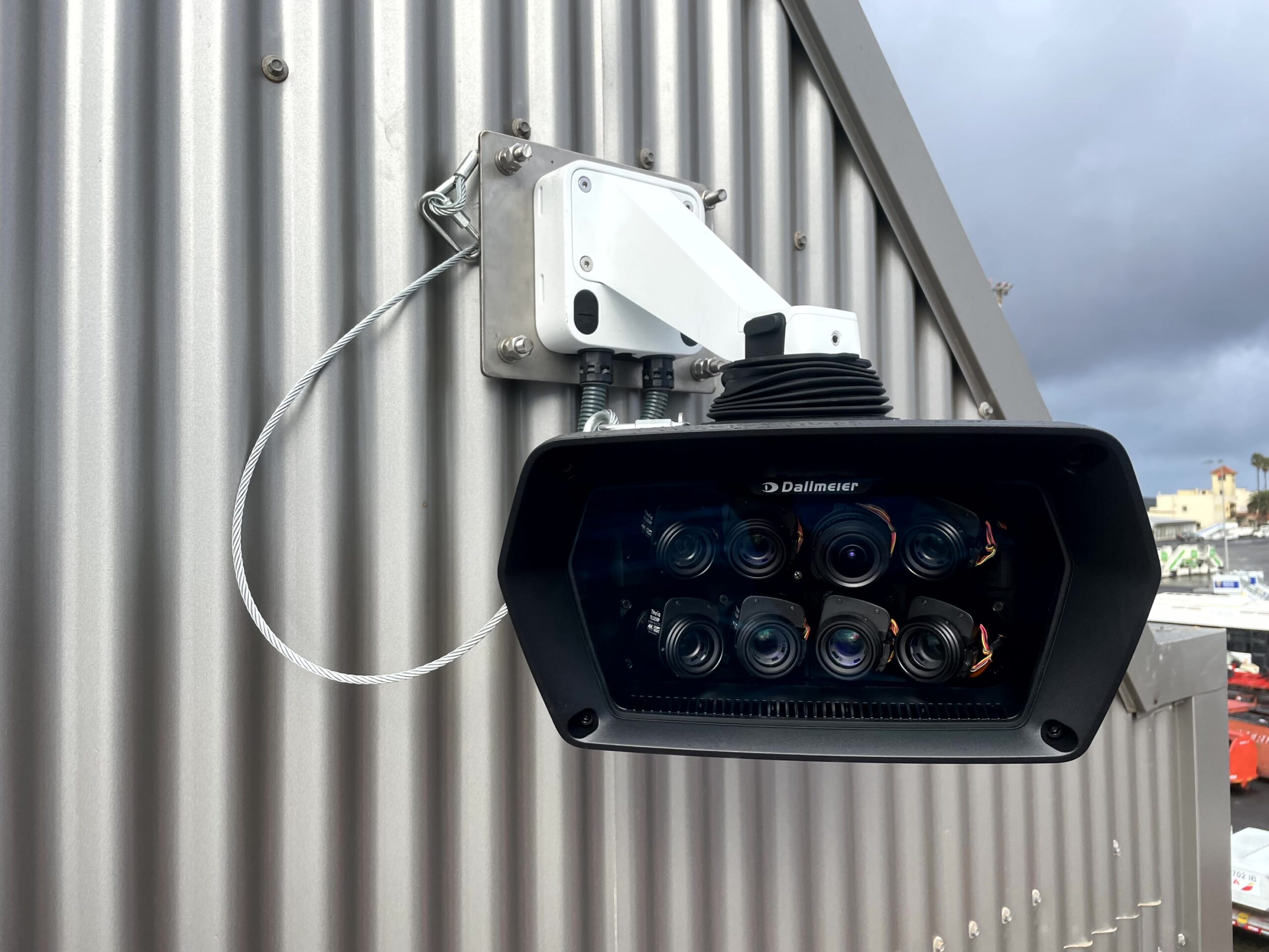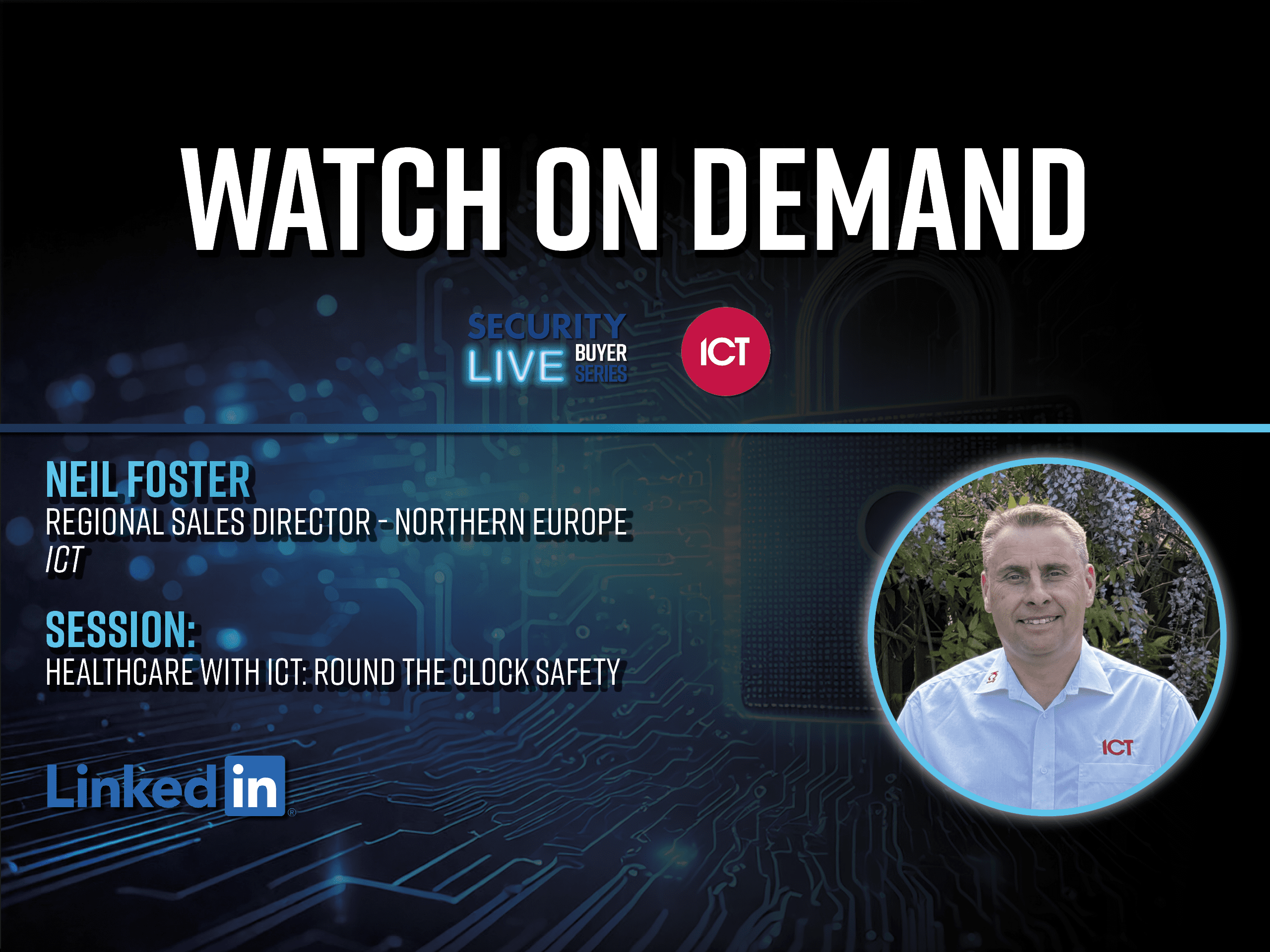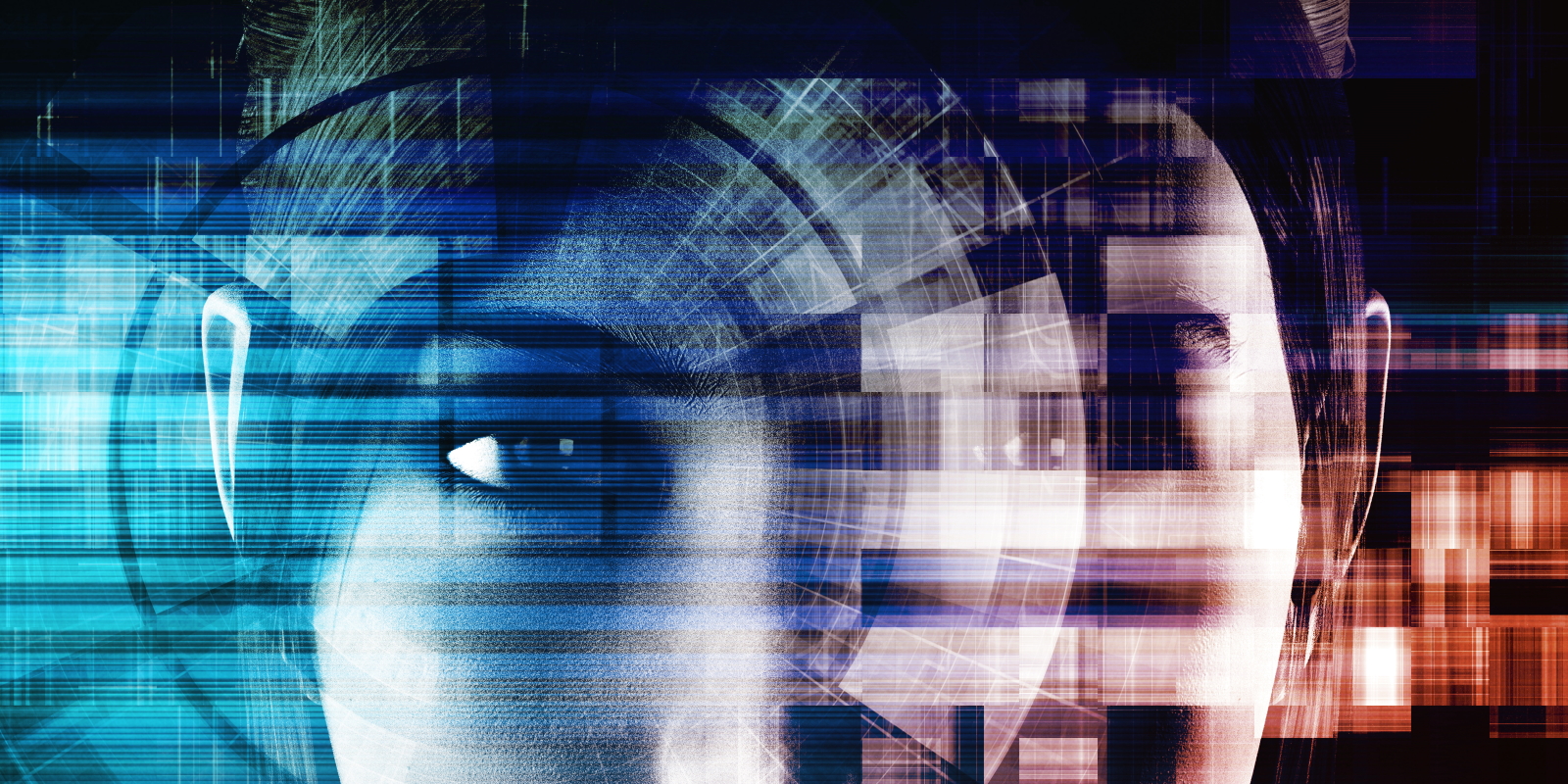Can Artificial Intelligence defend you from a weaponised web-cam?
Last October, hundreds of thousands of Internet of Things devices were used to host malicious lines of code that served as a launching pad for a series of DDoS attacks carried out across the internet. Hackers effectively weaponised web cameras and digital video recorders and used them to shut down popular websites including Twitter, Reddit and PayPal, in what has become the largest recorded DDoS attack in history.
Owing to a complete lack of security, devices were overwhelmed and infected with ease – a systemic problem across the IoT industry that comes down to vendors not including security measures in the design stage of the product’s development. The vast majority have limited capacity and sport low-end processors. Some altogether lack the capacity to be extended with security software. When you’re competing for space and processing power, security is either a secondary consideration or not considered at all by many manufacturers.
This has seen the IoT become a prime target for cyber-attacks and is regularly exploited by cybercriminals; a problem exacerbated by the sheer volume of IoT devices now available to consumers. By the end of this decade Internet of Things (IoT) devices will more than likely outnumber humans. According to a recent study by Gartner, the number of these devices will have surpassed the 4 billion mark by the end of this year alone. By 2020 the global market for the Internet of Things is predicted to have grown to more than $1.7 trillion.
From fridges and cars to medical instruments and children’s toys the IoT has brought about an era where almost every technology is being gifted with a connection to the internet giving rise to two major developments; a boost in technology markets around the world and a warping of the cyberspace landscape. Take healthcare. Patient monitoring systems are becoming connected to allow for continuous tracking and potentially, automated care routines. Yet there is proof that these can be hacked through a simple USB drop, providing a route to then infiltrate the wider hospital network. Construction is another industry that is undergoing similar transformations in the digital space as a result of the IoT revolution. Buildings are now becoming incorporated into connected networks thanks to Building Management Systems (BMS) that are being installed within constructions. Called Building Information Modelling (BIM), this new industry is expanding and is seeing technologies placed within constructions to track use across their lifespan and allow for better management of facilities. Infrastructure itself is becoming part of the internet, expanding cyberspace on a grand scale.
In comparison to this rapid evolution, security methods have remained relatively stagnant, making cyberspace increasingly difficult to defend. One of the few technologies keeping up with the pace of change in this new era of connectivity is Artificial Intelligence, offering a potential solution to the underlying problem within the IoT sector. Recent strides in artificial intelligence have the potential to provide a new level of advanced cyber security that could prove highly effective in contending with the unconventional and dispersive nature of IoT cyber-attacks. AI cyber security programmes can sit within systems, adapting their behaviour based on what they experience within that infrastructure. By studying an organisation’s network, the programme can determine what characteristics of the environment are abnormal. Systems using machine learning will gather information about the network and connected devices and subsequently seek out anything that is out of the ordinary. They can monitor incoming and outgoing IoT device traffic to create a profile that determines normal behaviour of the IoT ecosystem and react to the slightest irregularities in a way that traditional security software is unable to do. AI developed for this purpose enables a system to detect anomalies and adapt to cyber-attacks it has not recognised before.
Thanks to the rapid expansion of the IoT into an increasing number of industries, cybercriminals have been provided with a largescale attack vector that is almost completely unprotected. As a result, cyberspace has evolved and the cyber security industry must evolve with it in order to defend businesses and homes against these rising threats. Artificial intelligence offers one such solution and may provide the answer the cyber security industry is looking for. AI technologies have the potential to offer the appropriate defensive needs against a threat that is growing and altering very rapidly.
[su_button url=”https://www.qinetiq.com/Pages/default.aspx” target=”blank” style=”flat” background=”#df2027″ color=”#ffffff” size=”10″ radius=”15″ icon=”icon: arrow-circle-right”]Click here to find out more about QinetiQ[/su_button]



























